Botox is a popular treatment for reducing wrinkles and giving people a younger, smoother look. But before you book an appointment, it’s essential to be aware of the potential danger zones that come with this procedure.
Injecting in these “Botox danger zones” can cause serious side effects such as drooping eyelids, sagging facial muscles, and paralysis in some cases. With cosmetic treatments like this, it’s always wise to take caution, learn its safety profile, and do your research before committing—so you don’t end up regretting it later!

How Do Botox Injections Work?
Botox works by blocking nerve signals to the muscles in the face, making them unable to contract. This diminishes wrinkles and prevents them from forming, and can make existing wrinkles less visible. Botox is injected directly into the area of concern, and results typically last for three to six months before another treatment may be necessary. The procedure itself usually takes no more than fifteen minutes and can give people a more youthful appearance. It is important to note that Botox should only be administered by qualified medical professionals to minimize any risks or complications.
Why These Danger Zones Can Cause Problems?
Botox “Danger Zones” can cause problems because they are areas of the face where facial expression occurs. These specific areas have an abundance of nearby muscles that are susceptible to potential side effects such as drooping eyelids, sagging facial muscles, and paralysis in some cases. Therefore, it is important to be aware of the potential risks associated with Botox and speak to a trained professional about unwanted complications before getting treatment.
Additionally, these high-risk or danger zones are areas where blood flow can be impeded due to Botox, leading to further serious issues such as ocular ischemia. Similarly, if injected incorrectly in these regions, patients may experience allergic reactions or deformed smiles due to overcorrection of their wrinkles and exaggerated eyebrows.
Therefore, it is essential for patients to be aware of how injecting Botox in danger zones can lead to potential complications beforehand so that they know exactly what they are getting into when undergoing this cosmetic procedure.
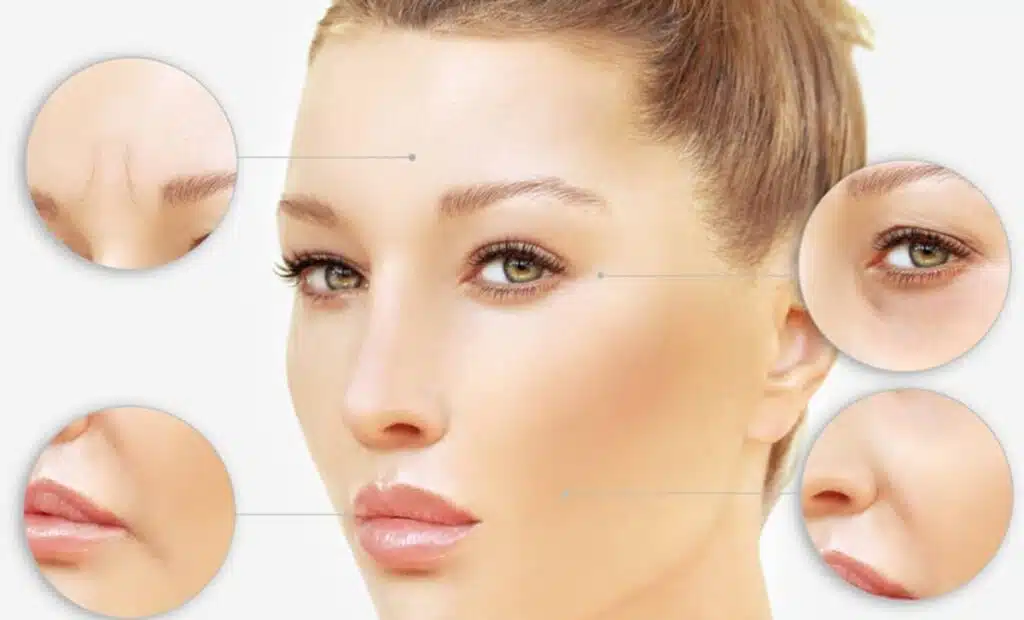
SECURE YOUR SAFE BOTOX EXPERIENCE WITH DR. LOZADA
Join the countless satisfied patients who have trusted their faces to Dr. Lozada’s expert care.
Alternative Treatments to Botox in Danger Zones
While Botox is renowned for its wrinkle-reducing abilities, it’s vital to recognize that certain facial areas, known as danger zones, require careful consideration due to the higher risk of complications. Here, we delve deeper into safer alternative treatments for each specific danger zone:
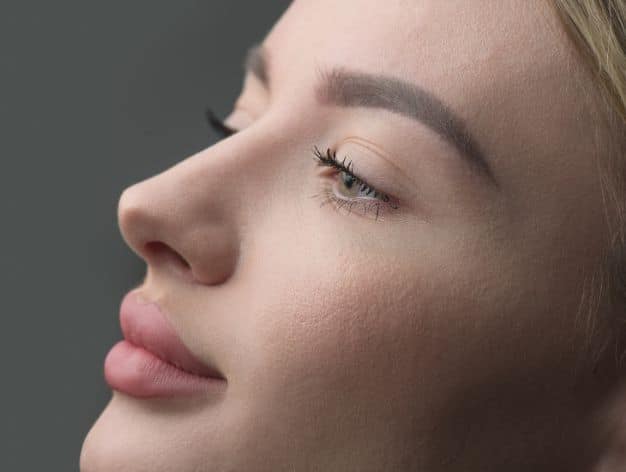
Nose Region
- Laser Therapy: This technique uses concentrated light to target skin layers, stimulating collagen production, which can reduce the appearance of fine lines around the nose. It’s particularly effective for subtle enhancements without the risks of muscle paralysis.
- Topical Treatments: High-quality serums and creams, especially those containing hyaluronic acid or peptides, can gradually improve skin texture and elasticity in the nose area, offering a non-invasive alternative to Botox.
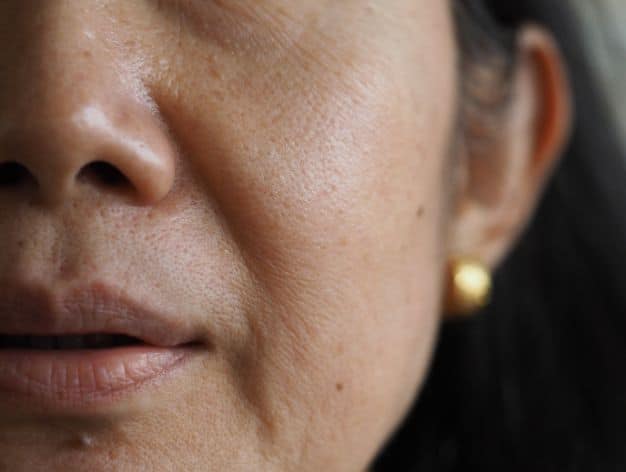
Nasolabial Fold (Mouth Region)
- Dermal Fillers: Unlike Botox, fillers add volume to the skin, thus effectively softening the nasolabial folds. They are composed of substances like hyaluronic acid, which is naturally found in the skin, making them a safer option for this sensitive area.
- Collagen Induction Therapy (Micro-needling): This procedure involves creating tiny punctures in the skin to activate the body’s natural healing process, resulting in increased collagen production. It effectively reduces the appearance of deep folds over time.
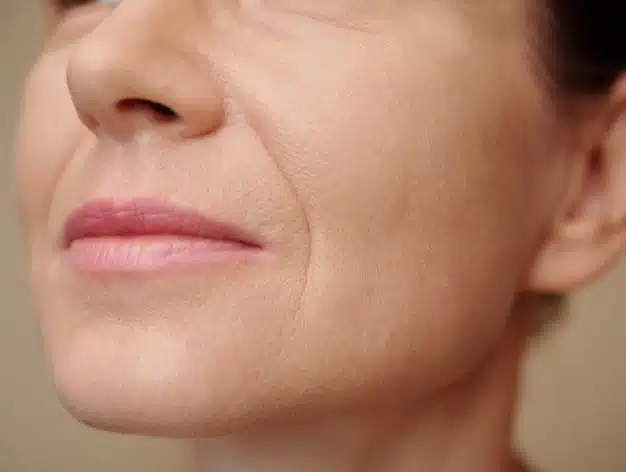
Perioral Region (Chin)
- Facial Exercises: Targeted exercises can strengthen the muscles around the mouth. These exercises, often referred to as facial yoga, can help in maintaining muscle tone and reducing the need for Botox.
- Chemical Peels: Applying a chemical solution to the skin helps remove dead skin layers, encouraging regeneration. Peels can vary in intensity and can be tailored to target the delicate perioral region, reducing fine lines and wrinkles.
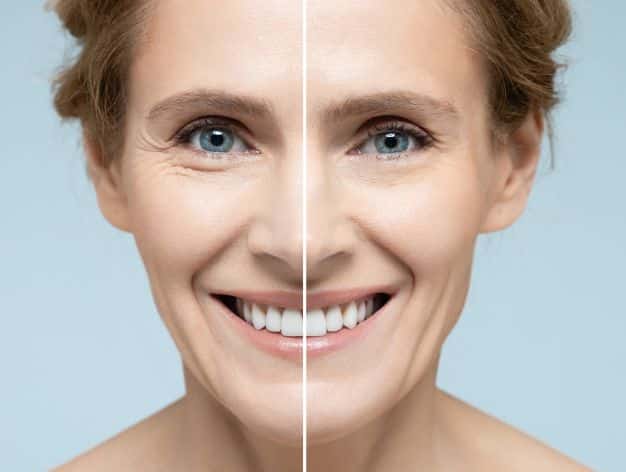
Infraorbital Region
- Hydration Boosters: Products specifically designed to boost skin hydration can significantly reduce the appearance of fine lines under the eyes. Ingredients like ceramides and hyaluronic acid are key in these products.
- Gentle Laser Resurfacing: A less invasive form of laser therapy, gentle laser resurfacing can refine skin texture in the infraorbital area without the inherent risks of cosmetic injections.

Temple Region
- Acupuncture: This traditional Chinese medicine technique can improve blood circulation and encourage collagen production in the temple area, leading to improved skin elasticity and reduced appearance of wrinkles.
- Topical Retinoids: These vitamin A derivatives accelerate skin renewal and can be effective in reducing fine lines in the temple region. They work by promoting collagen production and speeding up cell turnover.
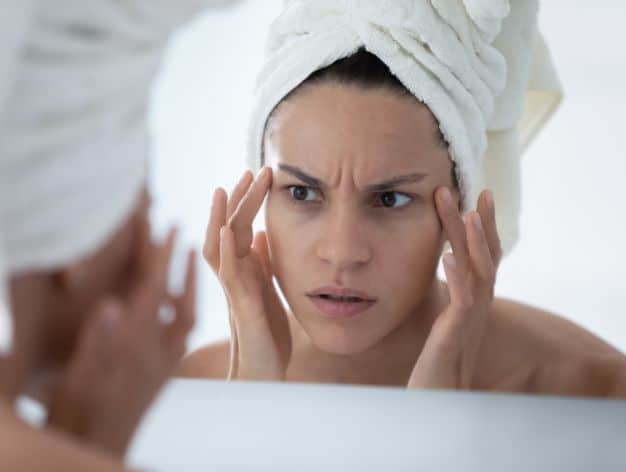
Glabella Region
- Electrical Muscle Stimulation (EMS): EMS devices use low-level electrical currents to stimulate muscles, potentially tightening and toning the area between the eyebrows.
- Skincare Regimens: Incorporating a consistent skincare routine with products targeting wrinkle reduction can help maintain the skin’s firmness and elasticity in the glabella region, reducing the need for Botox.
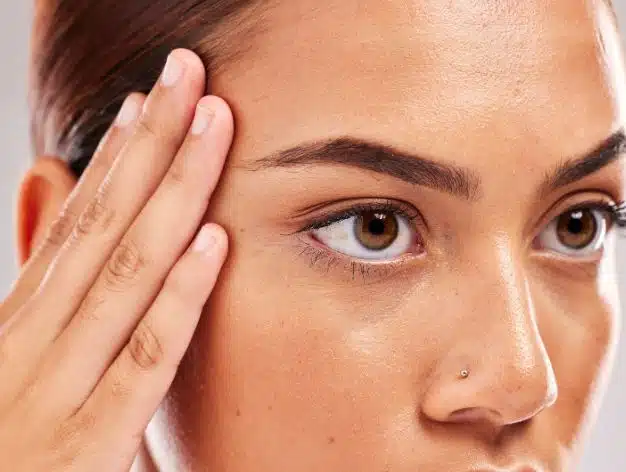
Orbicularis Oculi Muscle
- Cold Laser Therapy: This therapy stimulates collagen production and can reduce the appearance of crow’s feet around the eyes without the risks associated with Botox.
- Antioxidant-rich Creams: Using creams rich in antioxidants like vitamin C and E can help protect and rejuvenate the skin around the eyes, addressing signs of aging gently.

Frontalis Muscles (Forehead Lines)
- Facial Yoga: Specific facial yoga techniques can help maintain muscle tone and elasticity in the forehead, offering a natural way to reduce the appearance of wrinkles.
- Natural Oils: Oils such as argan or rosehip oil can provide hydration and aid in minimizing the appearance of lines on the forehead, offering a gentle and natural alternative to Botox.
These alternatives present varied options for those looking to address signs of aging in Botox danger zones, offering safer and often more natural ways to achieve desired aesthetic results.
The Importance of Pre-Procedure Consultation
Taking the time for a pre-procedure consultation is more than just a preliminary step; it’s a vital aspect of ensuring a successful and safe experience. This personalized discussion with your chosen provider serves as a crucial platform for clarifying doubts, setting realistic expectations, and ultimately, achieving the desired aesthetic results. Let’s explore why a Botox consultation is your first and most essential checkpoint in this journey.
- Tailored Guidance: During a Botox consultation, your provider will assess your unique facial structure and your specific aesthetic goals. This individualized approach ensures that your treatment plan is tailored to your needs.
- Understanding the Procedure: The consultation is an opportunity to understand the Botox procedure fully. Your provider will explain the process, from the botulinum toxin injection technique to what you can expect during and after the treatment.
- Risk Assessment: Discussing your medical history, allergies, and potential contraindications allows your provider to assess any risks that might be associated with the procedure. This is essential for your overall safety.
- Setting Realistic Expectations: Botox consultations provide a realistic perspective on what the treatment can achieve. This prevents unrealistic expectations and ensures you’re satisfied with the outcome.
- Addressing Concerns: If you have any concerns or questions about the Botox treatment, the consultation is the perfect time to address them. Your provider can offer expert advice to put your mind at ease.
- Post-Procedure Care: Your provider will explain the post-procedure care required to optimize results and minimize potential side effects, ensuring a smooth recovery.
Lifestyle Choices and Botox Efficacy
The success of Botox treatments doesn’t solely hinge on the skill of the practitioner or the quality of the toxin used. Lifestyle choices play a significant role in determining the longevity and effectiveness of the results. Key factors include:
- Diet: A balanced diet rich in antioxidants can support skin health, potentially enhancing the effects of Botox.
- Sun Exposure: Excessive sun can accelerate skin aging and may diminish the longevity of Botox results.
- Stress Management: High stress levels can impact skin conditions and may affect the outcome of cosmetic treatments.
- Skincare Routine: Regular and appropriate skincare can prolong the effects of Botox, maintaining smoother skin for longer periods.
Understanding these factors can help patients maximize the benefits of their Botox treatments.
Technological Advancements in Botox Administration
The field of cosmetic treatments is continually evolving, with technology playing a pivotal role in enhancing patient safety and precision when injecting. Recent advancements in Botox administration are particularly noteworthy:
- Precision Imaging Technologies: These advanced systems guide practitioners during injections, ensuring accurate placement of Botox, especially in high-risk areas.
- AI-Assisted Injection Tools: Artificial Intelligence (AI) is now being utilized to analyze facial structures in real-time, offering personalized treatment plans that minimize risks.
These technological innovations mark a significant leap forward in the realm of cosmetic treatments, offering patients peace of mind when opting for procedures like Botox.
Global Perspectives on Botox Treatments
The perception and practice of Botox treatments vary widely around the world. Factors such as cultural attitudes, regulatory standards, and aesthetic preferences play a role in how Botox is used and viewed in different countries. For instance:
- In some Asian countries, Botox is popular for altering facial structure, not just for anti-aging.
- European countries often have strict regulations regarding cosmetic treatments, impacting how Botox is administered.
- In the United States, there is a growing trend of using Botox for preventative measures in younger demographics.
Understanding these global perspectives can provide valuable insights into the diverse world of cosmetic treatments.

Get the Results You Want!
If you’re seeking a safe and successful Botox experience, Dr. Lozada is the best option for you. With his extensive knowledge and expertise in advanced injection techniques, Dr. Lozada can ensure that your procedure meets the highest safety standards and yields the desired outcome. Don’t take any chances with your health or appearance – trust the professionals at Dr. Lozada’s Philadelphia plastic surgery practice to provide you with effective and safe injections of Botox in Philadelphia! Schedule your consultation here!